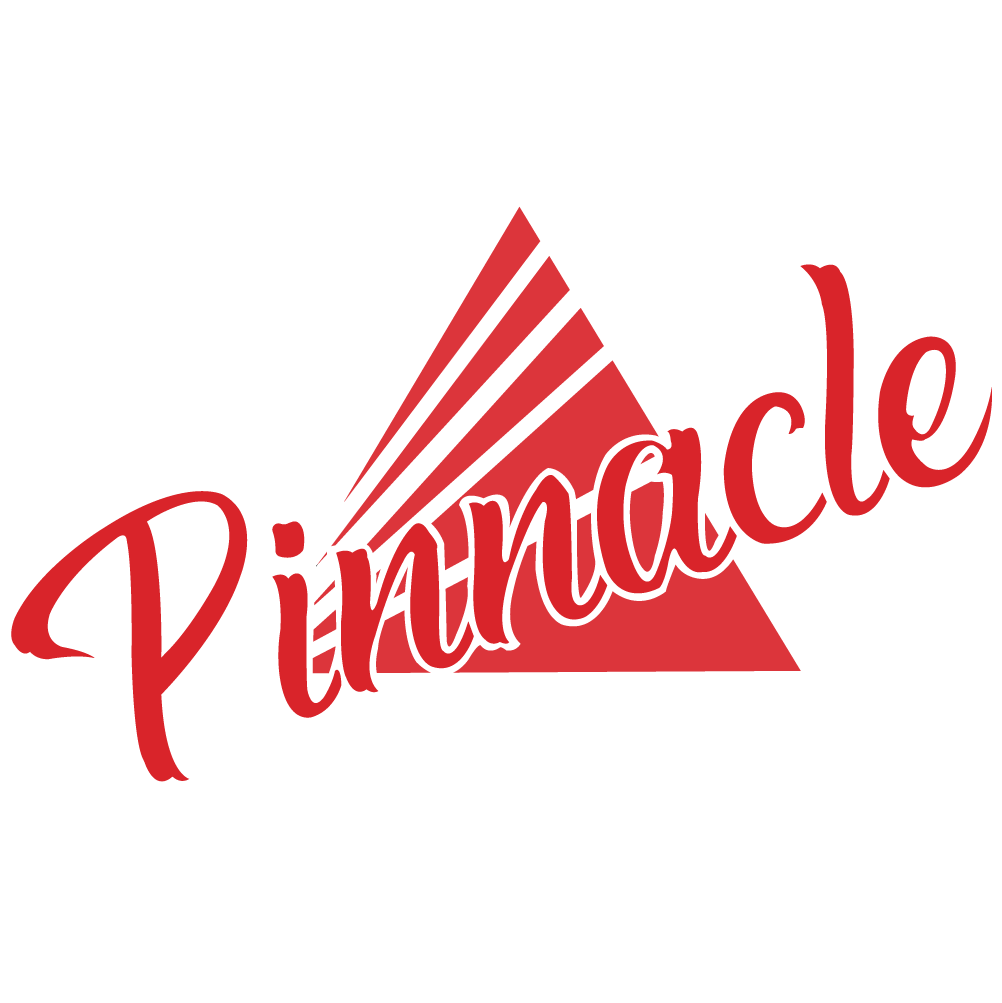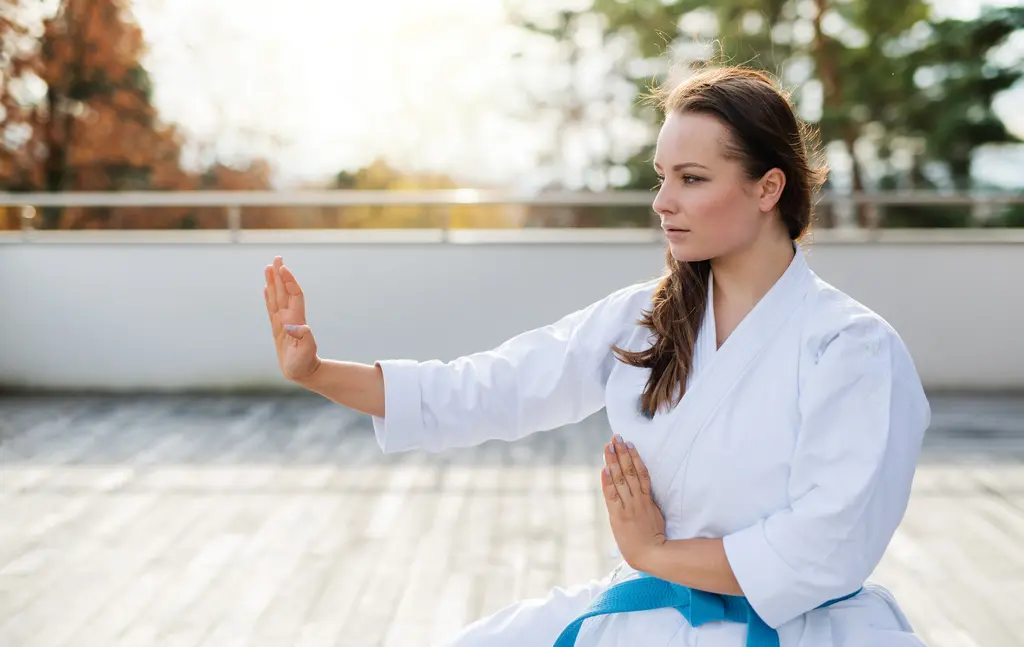Within the past decade, introductory martial arts lessons became increasingly in demand. Kids karate, for example, is a good physical fitness program that can boost self-esteem while improving stamina. Similarly, high-energy adults who enroll in martial arts and self-defense classes can gain new friends, be more disciplined, and get in shape all at once.
Enrolling in karate classes offered by your local martial arts school can boost your self-confidence and unleash your full potential, both mentally and emotionally. One of the main tasks of martial arts instructors is to train aspiring martial artists on proper punching, kicking, grappling, boxing, sparring, blocking, and fighting techniques. Learning these new skills for self-defense purposes can help further build confidence.
Additionally, trying to learn martial arts techniques helps in shaping well-rounded individuals. Kids and adults who do martial arts get to practice self-respect and respect for one’s opponent, which is at the center of all martial arts programs. If you want to get the best martial arts training, contact us at Pinnacle Martial Arts. We are a Monroe martial art dojo offering karate for kids and adults alike.
One of the many legacies of traditional martial arts schools is karate. This will be the focus of this article, particularly how it started. It will cover:
- Karate and theories how it started as a martial art
- Notable changes in names and styles
- Significant dates in the history of karate
- Basic self-defense techniques and learning martial arts for beginners
Karate and theories how it started as a martial art
Although it is not yet recognized as an Olympic sport, the WKF is recognized by the International Olympic Committee and coordinates with various national Olympic committees. As a sport, a system of common rules and regulations was developed by the World Karate Federation (WKF). What we know as karate lessons at present, however, trace their roots to four distinctive Japanese styles: Gōju-ryū, Shitō-ryū, Shotokan, and Wadō-ryū.
While little is known about the exact origins of karate, it is popularly believed that it came from India over a thousand years ago. Some people claim that a Buddhist monk called Bodhidarma (“daruma” in Japanese) brought it to China when he began teaching Zen Buddhism (together with a style of temple boxing meant to strengthen the mind and body) in Shaolin. Historically, however, it is generally accepted that karate was born in Okinawa as a form of self-defense.
Notable changes in names and styles
Karate (Japanese for “empty hands” began as te (hand), a fighting style used by the natives of the Ryukyu Islands. Through the Chinese families that settled in Okinawa, it was later influenced by Chinese kenpō. From three Okinawan cities (Tomari, Naha, Shuri), each closely spaced but with very different societal demands, three separate styles emerged. These are, from the names of the cities, Tomari-te, Naha-te, and Shuri-te.
Collectively, these styles were called Okinawa-te or tode (Chinese hand). The styles eventually merged into Shōrei-ryū, developed near Naha, and Shōrin-ryū developed near Shuri and Tomari. Due to increasing Japanese influence, the label of te was eventually lengthened to karate-Jutsu (Chinese hand art). It changed to karate-do, however, after an Okinawan master altered the meaning of the word kara (also pronounced tode) to mean “empty” instead of “Chinese hand.” As such, the term karate-do is generally translated at present as “the way of the empty hand.”
Significant dates in the history of karate
1905
Karate is included in Okinawa’s physical education programs at the intermediate level
1917
Funakoshi gives the first public demonstration of karate-do
1924
The first university karate club is established in Japan, at Keio University
The 1930s
Karate makes its way to Canada
1939
Japan opens Shoto-Kan, its first formal training school
1945
The first dojo is opened in the United States
1949
The Japan Karate Association is formed
The 1950s
Karate is introduced in the United Kingdom
Basic self-defense techniques and learning martial arts for beginners
An experienced Monroe martial arts instructor will help you master self-discipline and concentration. Additionally, a traditional academy of martial arts uses belts to train and rank students, with black belts often being the highest. Reaching a new belt color gives a sense of accomplishment and develops perseverance, self-control, and dedication to what must be practiced to reach a black belt.
With all the different martial arts styles, there is something for every child and adult aspiring to become a martial artist. Whether it’s jiu-jitsu, judo, karate, kickboxing, kung fu, mixed martial arts, muay-Thai, or tae kwon do, start with your training with us. A good Monroe martial arts academy will offer self-defense training that will enable you to get fit and improve your agility. The different training methods will also focus on how both the mind and body can be used in learning how to defend yourself from an attacker.
For inquiries on the available martial arts class schedule and how to fill out forms, give us a call. Contact us at Pinnacle Martial Arts to learn about the martial arts classes suited for you and your family.

